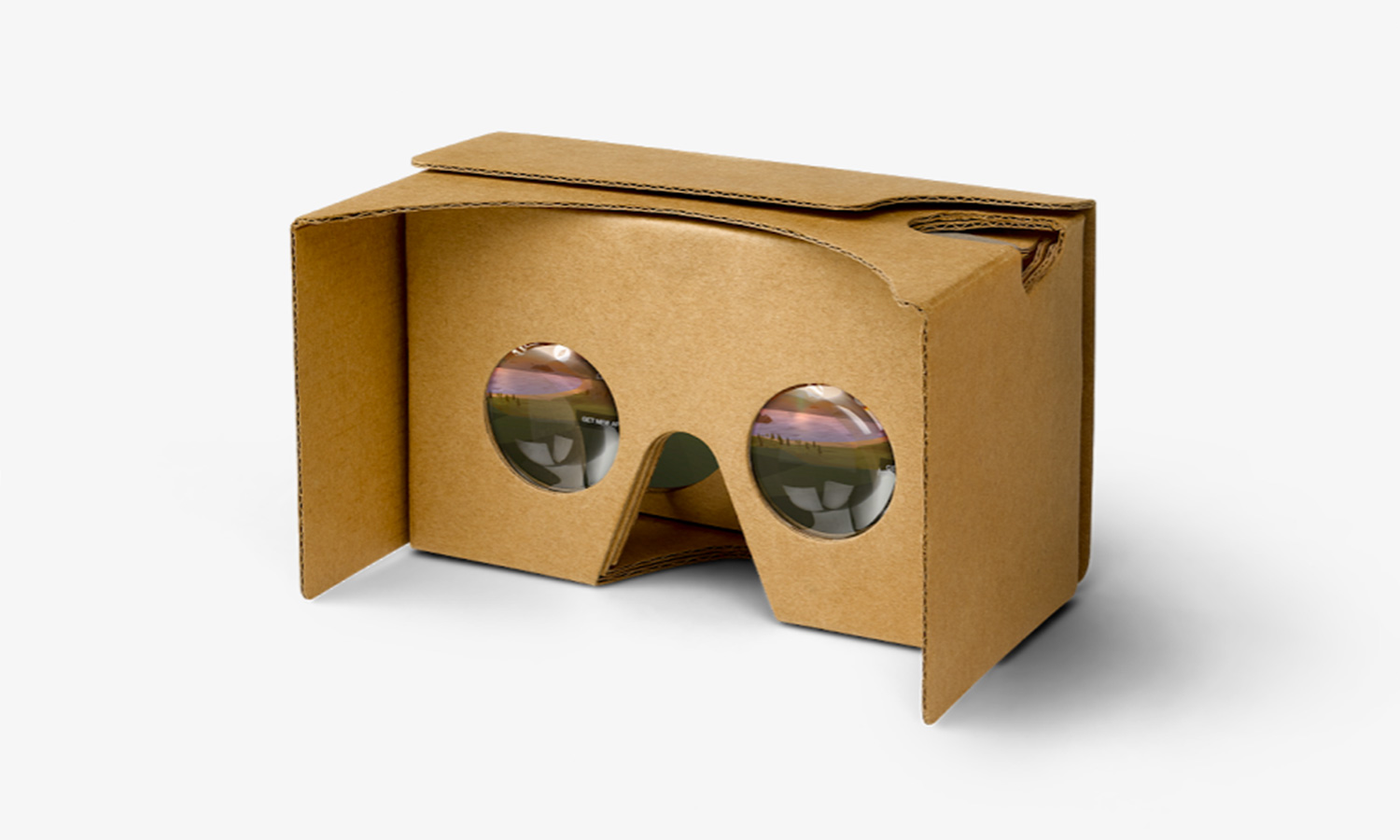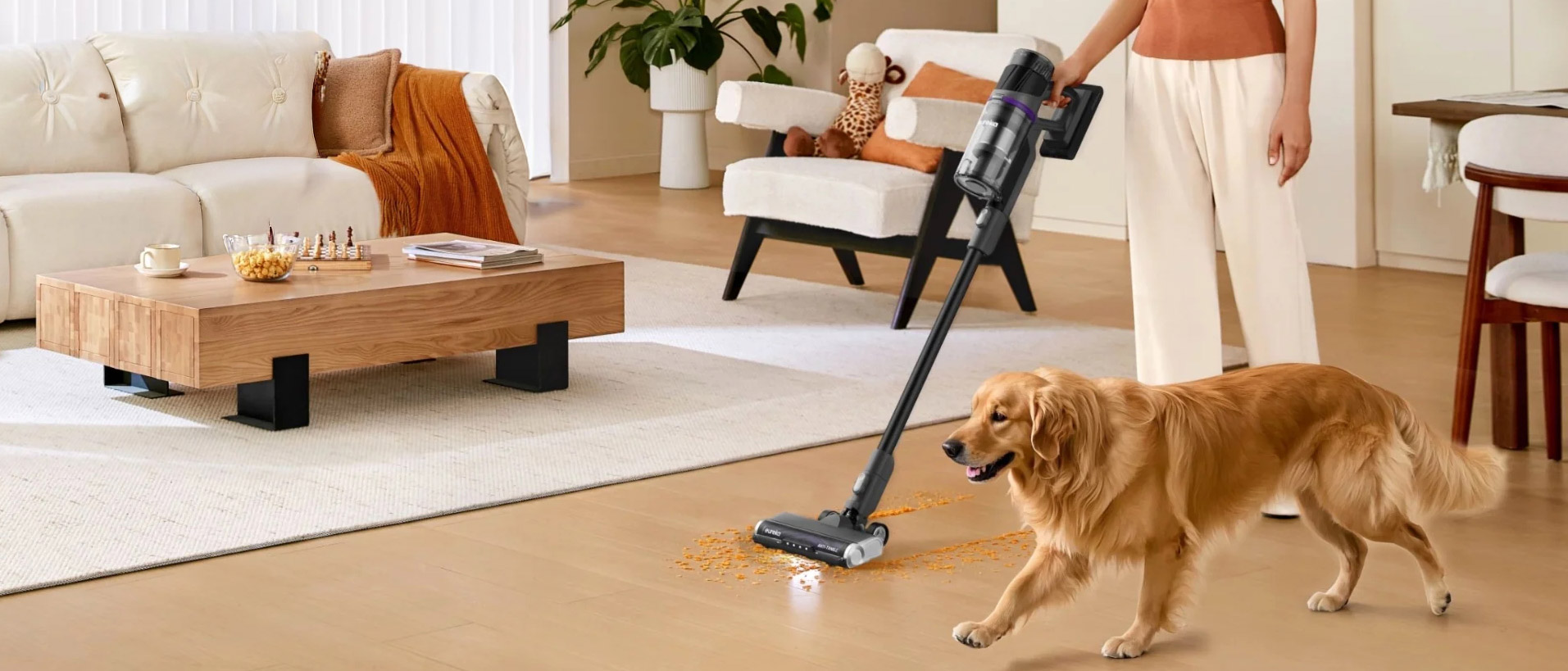Tom's Guide Verdict
As one of the cheapest and easiest virtual reality viewers on the market, Google Cardboard is the de facto device for VR beginners.
Pros
- +
Very cheap
- +
Supports Android and iOS
- +
Solid app ecosystem
Cons
- -
Flimsy design
- -
No head straps
Why you can trust Tom's Guide
When Google first unveiled its Cardboard VR viewer at Google I/O 2014, a lot of people assumed it was a joke. Now after millions of units have shipped, it’s still pretty funny to see someone hold a folded piece of cardboard up to his or her face. But it’s also clear Google wasn’t wrong in believing that there is a market for this product — so much so that a seemingly endless crop of imitators and innovators have popped up in the three years since its launch.
But in the face of really good, cheap VR headsets and more full-featured devices like Google Daydream and Samsung Gear VR, does Google’s original VR play still have a place?
Design
The name of Google's first virtual reality device pretty much sums it up. Cardboard is made from exactly that, which lends to its amazingly cheap price. Sporting an incredibly no-frills design, the headset lacks a head strap to keep it in place. Instead, you're forced to hold it with your hands, which makes it more of a VR viewer than a full-blown headset.
At the front of the headset, you'll find two flaps that come out and attach to the top and sides with velcro. The pieces that attach at the side are working to block outside light sources while you're using the headset. The front flap of the device acts as the enclosure for your smartphone — just fold it down, insert your phone, fold it back up and boom! You're ready to go. On the top-right corner is a recessed area that can be depressed to function as a button in some Cardboard-compatible apps.
The device's interior features a pair of lenses and a hole so the device can rest comfortably on the bridge of your nose. There's a guideline in the middle that will help you align your phone when it is time to place it in the headset.
Comfort
You're the master of your comfort with Cardboard. Since there isn’t a head strap, it’s just a matter of you holding it up to your face. There’s no padding on it, so it’s exactly as comfortable as cardboard, but you don’t need to keep it pressed hard to your face to get the desired effect.
The biggest hindrance to comfort with Google Cardboard is the fact that you are holding it up the entire time you are using it. After awhile, your arm is going to get tired from that lactic acid buildup, regardless of the fact that Cardboard is incredibly light at 3.4 ounces. It's not an ideal situation if you're trying to settle in and watch a movie.
Get instant access to breaking news, the hottest reviews, great deals and helpful tips.
Setup
Some Google Cardboard viewers require a bit of work on your part to set them up, but that isn’t the case with the official headset from Google. It is fully constructed when you take it out of the box and simply requires that you fold out the side and front flaps.
On your phone, if you wish to experiment with the official Google Cardboard app, it will prompt you to set up by scanning the QR code on the headset. After that, you’ll be all set to place your phone in the front panel and velcro it into place.
Optics
There’s no ability to change focal or pupil distance with Google Cardboard, so hopefully, the default options work for you. The lenses themselves are comparable to what you find on many cheap VR headsets.

The lenses have a slight dimming effect on your smartphone's screen, which can mute colors. This is particularly noticeable in more vibrant games like Lamper VR: Firefly Rescue, which really pops on a headset like the Magiove. It’s a completely acceptable experience for the short VR sessions that are optimal for Google Cardboard, but it doesn't hold up to some of the slightly more expensive competition.
If you're concerned about outside light leakage, Cardboard just isn't for you. Without a pair of head straps, you're pretty much forced to press the headset tightly against your face, which can get very uncomfortable after a while.
Audio
If you don't have a head strap, why would you expect integrated audio? In a surprise to no one, Cardboard lacks onboard audio. However, the flap at the front leaves the bottom and top of your device exposed, so plugging in a wired pair of headphones is easy enough. Or you can just let your phone do the work.
Apps, Games, Experiences
There are thousands of additional VR apps to be found in the Google Play or the iOS App Store. However, the Google Cardboard app is an excellent place to start for VR newbies, since it offers a curated list of apps, games and experiences, as opposed to the mostly wild west of the larger marketplaces.

This is also content that is specifically designed to work with Cardboard and typically caters to its strengths and its weaknesses. While gaming dominates the landscape for VR, there are plenty of apps that center more on exploring locations that you otherwise might not have a chance to visit.
For instance, Expeditions from Google can take you on guided field trips to places like Machu Picchu, Antarctica, the International Space Station and many more. Or if you're in an exotic or interesting location yourself, Cardboard Camera will help you capture the entire scenes in 360 degrees so you can show others in Cardboard later.
Bottom Line
When Google Cardboard launched in 2014, there was little else in the way of VR on the market. That is hardly the case today, but Cardboard retains its place as the gateway into the medium. At $15, Cardboard is incredibly cheap, and, by supporting both Android and iOS, has a better chance of exposing more people to virtual reality. The interface is fairly intuitive and offers some excellent experiences and games that just about anyone can enjoy.

But for our money, the Magiove 3D VR headset is a much better value. For just about $10 more, you get a much more comfortable design with straps, better optics and even an included set of earbuds and a mini controller.
Photo credit: Google Cardboard
A self-professed "wearer of wearables," Sean Riley is a Senior Writer for Laptop Mag who has been covering tech for more than a decade. He specializes in covering phones and, of course, wearable tech, but has also written about tablets, VR, laptops, and smart home devices, to name but a few. His articles have also appeared in Tom's Guide, TechTarget, Phandroid, and more.


